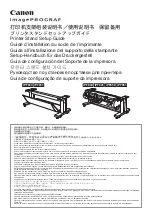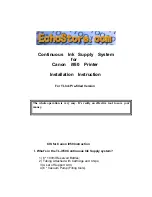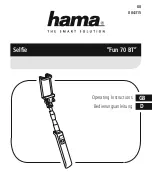
14
3.
Submerge the housing at the surface of the water and visually
confirm that there are no signs of water intrusion or a steady stream
of bubbles coming from one of the housing seals. If water does
appear to be entering the housing, point the lens port downward
and return the housing to the surface as quickly as possible. Please
observe all necessary safety precautions. NEVER ascend faster
than accepted safety limits.
4.
Use your hand to gently flush away any small bubbles that may be
on the face of the lens port. Bubbles will produce soft focus spots in
your photo or video.
Setting Up An External Strobe
About the Built-In Flash
The camera’s built-in flash cannot light a subject underwater due to
the housing’s opaque design. The built-in flash CAN be used to trigger
a fiber optic strobe.
We recommend attaching an external strobe for the optimal color
and clarity in a wide variety of shooting situations, including daylight
photography. An external strobe may be triggered via electrical sync
cord or fiber optic cord.
NOTE: The built-in flash will be disabled when a powered strobe is
detected through the housing hotshoe.
About Sync Cords
Attaching a strobe via electrical sync cord provides faster strobe
recycle times as compared to a fiber optic connection, and prolongs
camera battery life.
When a compatible Ikelite DS strobe is attached via sync cord,
circuitry built into the housing allows the strobe to communicate
directly with the camera to trigger the strobe and adjust its power for
perfect exposure.










































